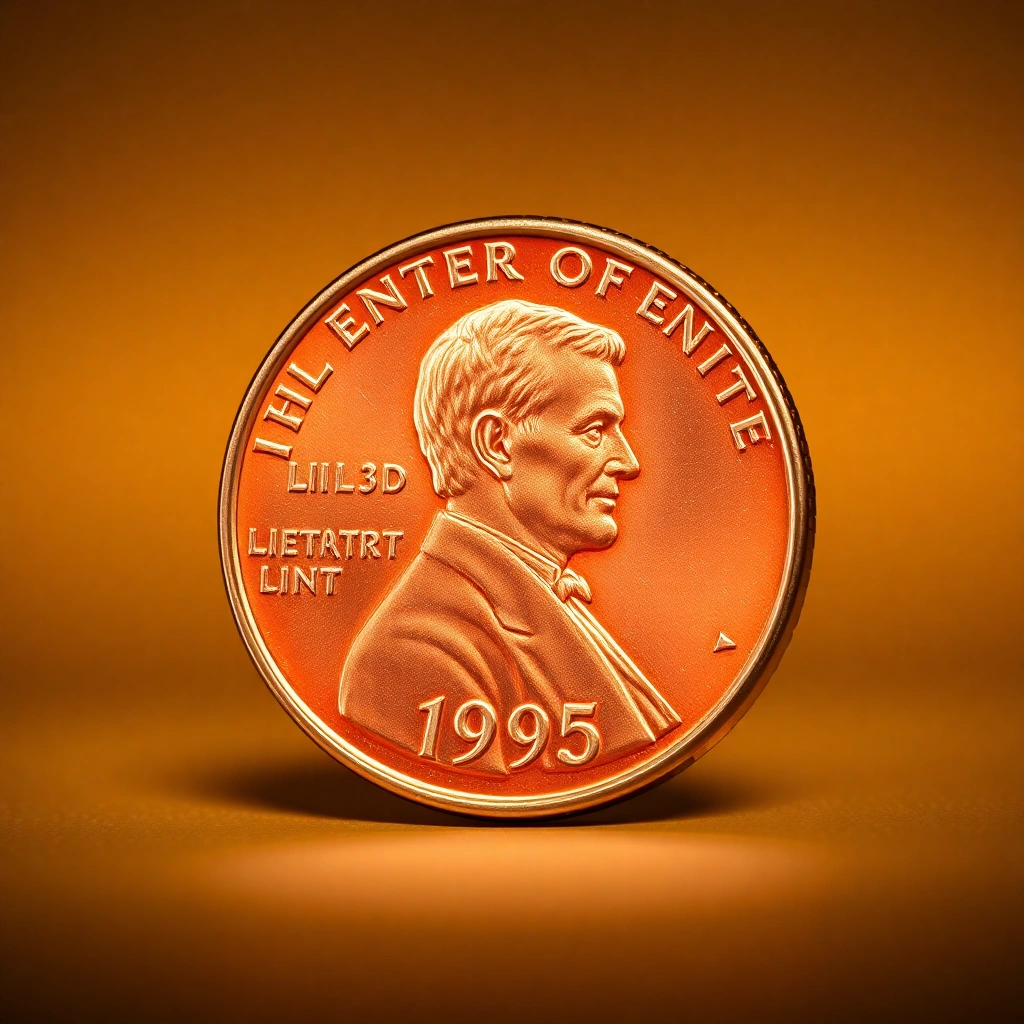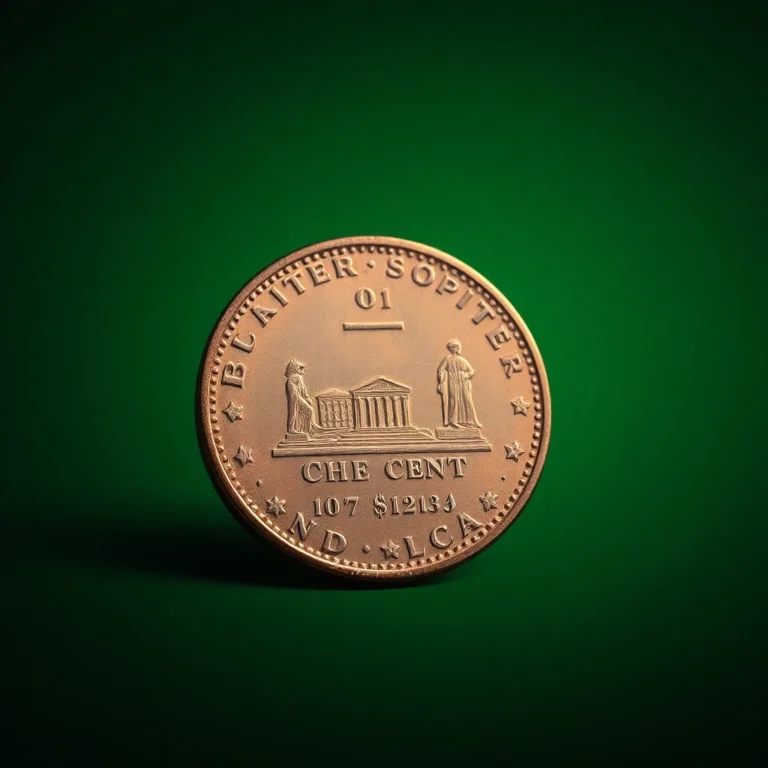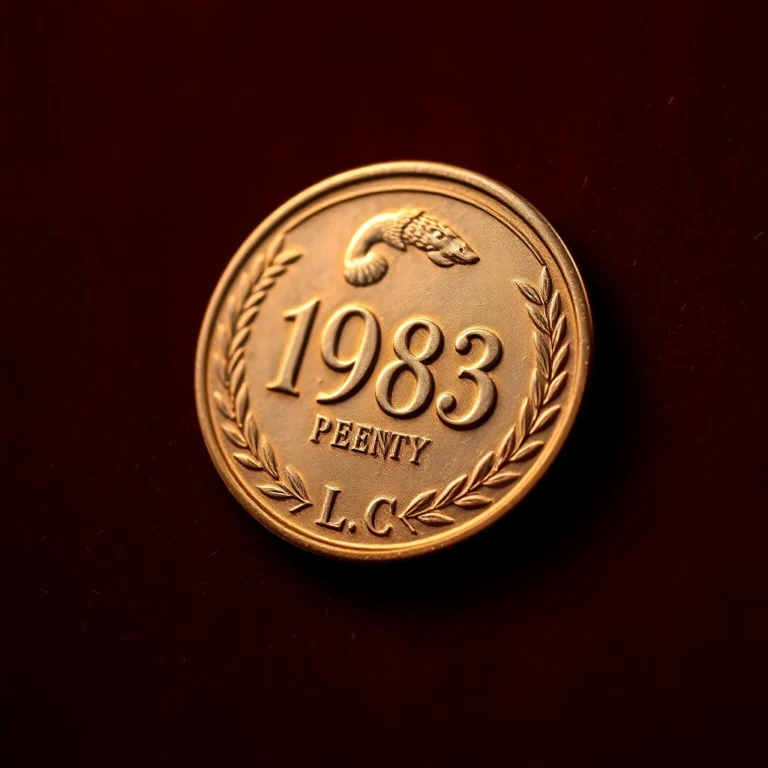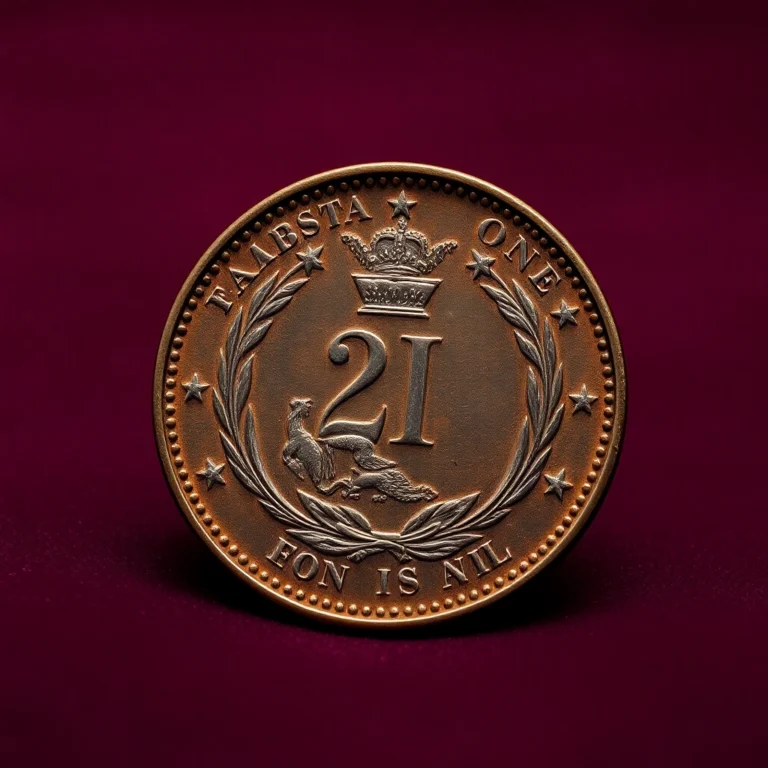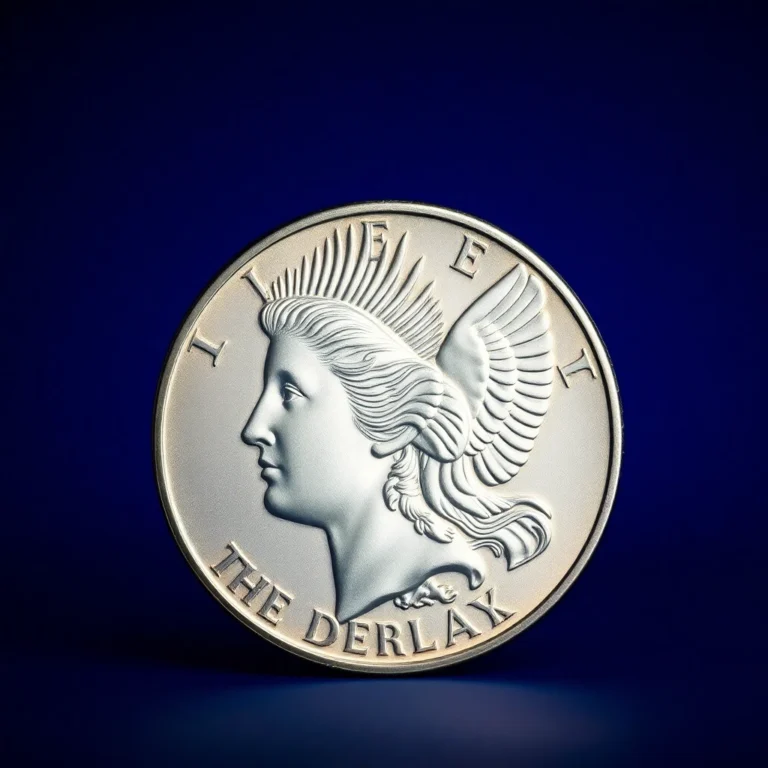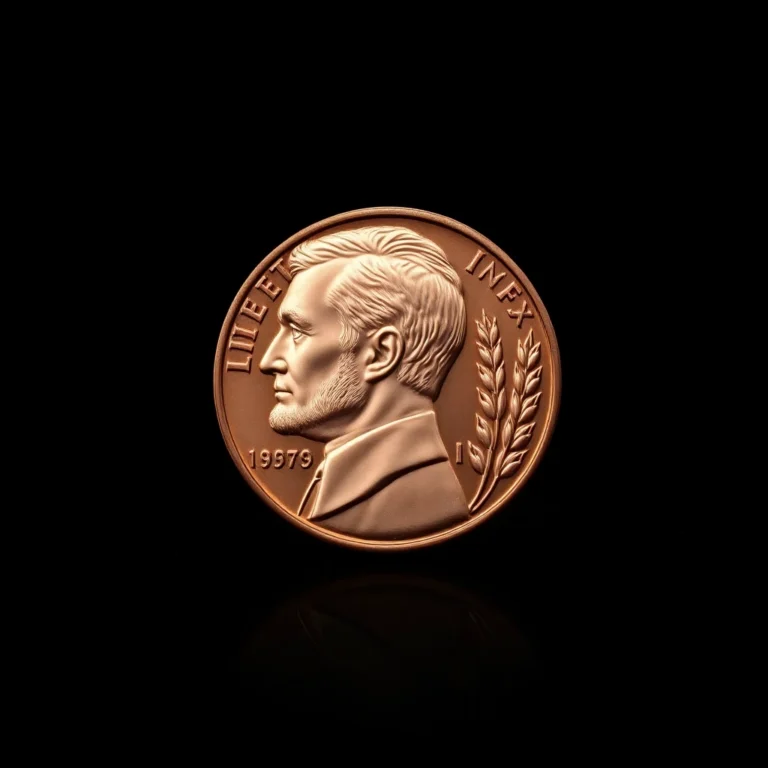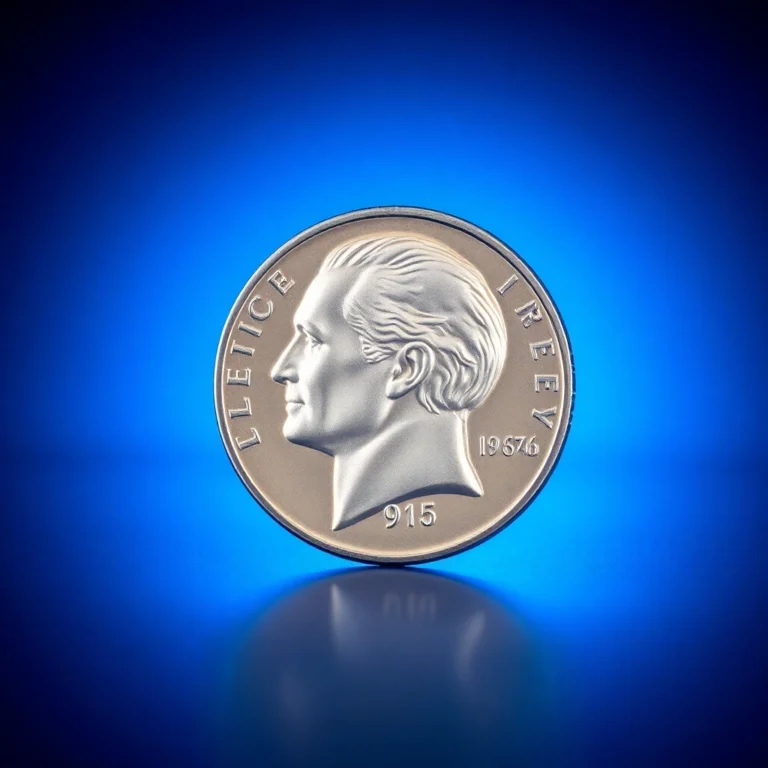Imagine holding a piece of history that could transform a casual pocket change rummage into a numismatic treasure hunt. The 1969-S Double Die Penny is one such beacon for coin collectors, a fascinating anomaly that turns heads and raises eyebrows in the world of coin collecting. With its distinctive doubled features on the obverse, this penny has captured the hearts and imaginations of numismatists, representing both a rare find and a rewarding challenge.
In this article, you’ll learn the telltale signs of this famous error coin, from the unmistakable doubling in the date and inscriptions to the subtle nuances that separate it from ordinary pennies. Understanding these features is essential for any collector hoping to spot this valuable gem. As we delve into the details, we’ll also explore how to estimate its worth, a crucial step for anyone hoping to capitalize on their discovery.
Stay tuned as we uncover the mystery and allure of the 1969-S Double Die Penny—a coin whose scarcity and significance make it a coveted prize in any collection.
Introduction to the 1969-S Double Die Penny
The 1969-S Double Die Penny is one of the most sought-after errors in the numismatic world. Its unique features and historical background make it a fascinating piece for collectors. This article will guide you through its history, identifying features, rarity, current market value, and tips for authentication.
Historical Background and Significance
The 1969-S Double Die Penny was struck at the San Francisco Mint at a time when the U.S. Mint was transitioning to more modern minting techniques. This penny gained fame due to a significant minting error, where the date and inscriptions appear doubled. Such coins are cherished by collectors for their rarity and the intrigue surrounding their production. 🏛️
Physical Characteristics and Design
The 1969-S Double Die Penny features a strong doubling on the obverse, particularly on the date, the word “LIBERTY,” and the motto “IN GOD WE TRUST.” This doubling is distinct and noticeable even to the untrained eye. Like other pennies of its time, it weighs 3.11 grams and is composed of 95% copper. The reverse features the Lincoln Memorial.
Mintage Figures and Rarity
Precise mintage figures for the error are unknown, as these coins were not intentionally produced. However, it is estimated that only a few dozen exist, making them extremely rare. Their scarcity significantly contributes to their high value. 🪙
Known Varieties or Errors
Aside from the prominent doubling, there are no other major varieties of the 1969-S Double Die Penny. However, collectors should be aware of counterfeit versions that mimic the doubling effect.
Value Information
The value of a 1969-S Double Die Penny can vary greatly depending on its condition. Here is a detailed table showcasing current market values by grade:
| Grade | Value Range |
|---|---|
| Good (G-4) | $20,000-$25,000 |
| Very Good (VG-8) | $25,000-$30,000 |
| Fine (F-12) | $30,000-$35,000 |
| Very Fine (VF-20) | $35,000-$40,000 |
| Extremely Fine (EF-40) | $40,000-$50,000 |
| About Uncirculated (AU-50) | $50,000-$60,000 |
| Mint State (MS-60) | $60,000-$75,000 |
| Gem Mint State (MS-65) | $75,000-$100,000 |
Authentication Tips
Authenticating a 1969-S Double Die Penny requires careful examination. Look for the distinct doubling on the obverse. Use a magnifying glass or loupe for a clearer view. Additionally, it is advisable to have the coin graded by a professional service like PCGS or NGC. Beware of counterfeits, which often have softer, less defined doubling.
Collecting rare coins like the 1969-S Double Die Penny is not just about the financial investment, but also about preserving a piece of numismatic history. Happy collecting! 🏆
FAQs
How much is a 1969-S Double Die Penny worth, and how does grading affect its value?
The value of a 1969-S Double Die Penny can range from several thousand to tens of thousands of dollars, depending on its condition and grade. Coins graded higher by professional services like PCGS or NGC can fetch significantly higher prices, with MS65 examples reaching upwards of $50,000. The coin’s eye appeal and the clarity of the double die features are crucial in determining its market value.
What are some tips for authenticating a 1969-S Double Die Penny?
To authenticate a 1969-S Double Die Penny, closely examine the coin for doubling on the obverse, particularly on the date and the word “LIBERTY.” Use a magnifying glass or a coin loupe to inspect these areas. Genuine examples will exhibit strong, distinct doubling. It is advisable to have the coin authenticated by a reputable grading service to confirm its legitimacy.
What advice would you give to collectors interested in acquiring a 1969-S Double Die Penny?
Collectors should thoroughly research the coin, familiarize themselves with its key characteristics, and consider purchasing from reputable dealers or auctions. It’s also wise to set a budget and stick to it. Investing in a professionally graded and authenticated example can provide peace of mind and potentially enhance future resale value.
Why is the 1969-S Double Die Penny historically significant?
The 1969-S Double Die Penny is significant due to its rarity and the dramatic nature of its error. It stands out as one of the most famous and sought-after Lincoln cent varieties, capturing the interest of both seasoned collectors and enthusiasts. Its discovery added intrigue to the numismatic community, highlighting the potential for valuable finds even in modern coinage.
Are there common varieties or errors similar to the 1969-S Double Die Penny that collectors should be aware of?
Yes, other famous double die varieties include the 1955 Double Die Lincoln Cent and the 1972 Double Die Lincoln Cent. While these also feature noticeable doubling, the 1969-S is more scarce. Collectors should exercise caution, as there are many lesser-known varieties and machine doubling, which is often confused with true double die errors but is worth significantly less.
